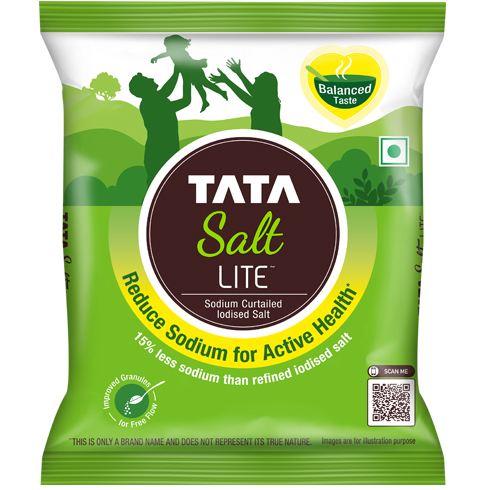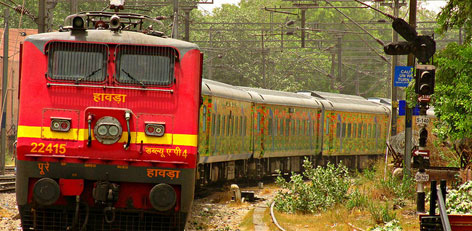
Getting the nation ready to combat disasters
Posted on: 20/Jun/2019 2:25:59 PM

There is no �one-size-fits-all� template for disaster preparedness. The two most important constituents of disaster resilience include preparedness and the community�s capacity to rebound itself post disaster. We need to keep in mind that India is one of the most vulnerable countries in the world for climate-change related disasters. In 2018, Kerala faced the worst floods which triggered 211 disastrous landslides. Very recently, cyclone Fani caused major devastations in Odisha. There is an urgent need for us as a nation to reduce the impact of disasters by creating climate and disaster resilient communities. Here is a list of the key action items based on the experiences and learnings of Amrita Center for Wireless Networks and Applications (AmritaWNA) that has been acquired over many years of collaborative research worldwide.
Community engagement
It was ten years ago that Amrita�s IoT-based early warning system was set up in Munnar, Idukki, Kerala to early warn on landslides. It is the only real-time warning system in India and has shown its efficacy in pinpointing the imminent landslides to the local people by capturing multiple parameters that trigger landslides. The project involves large scale community engagement that has helped in not only implementing technology to preempt disasters but also in creating awareness on preparedness.
AmritaWNA�s crowdsourced mobile application, Amrita Kripa is designed to cater to the requirements of multi-hazard management through preparedness, rescue, relief efforts, and mobilization. Available for free download from Google Play Store, it is designed for integrated disaster relief operation which can coordinate between the victims, relief providers, authorities and general public who may be willing to volunteer to help in some way. Within a few days of the app�s launch, more than 3,000 entries were recorded in real-time, which helped to locate, rescue and provide relief to more than 12,000 people in all districts of Kerala.
Community training
One of the lessons learnt during Kerala floods was that people were ill-informed about basic evacuation protocols. The communities lacked awareness and did not know how to respond to an urgent alert that asks them to evacuate. Even when they were ready to evacuate, there were issues like not knowing the locations of the relief camps, inaccessibility to relief camps etc. Familiarization of geography and evacuation routes are a necessary part of any community-based disaster preparedness plan. The public must have prior knowledge about escape routes and potential sites for relief camps. A simple solution for this is to use internet based communication tools such as the crowdsourcing app, Whatsapp etc.







